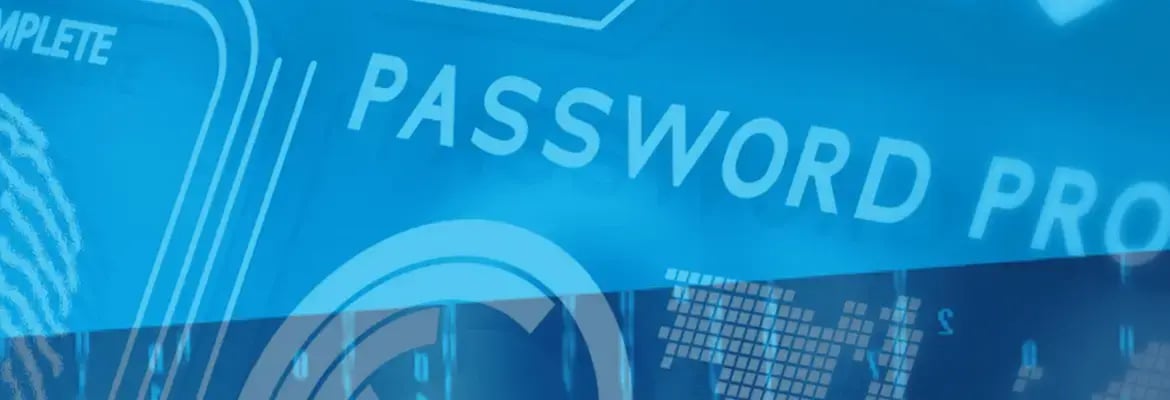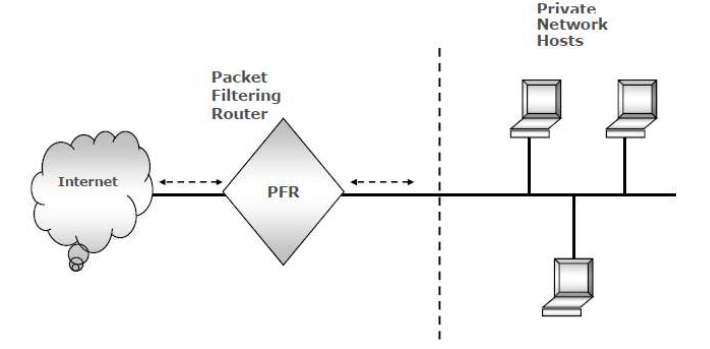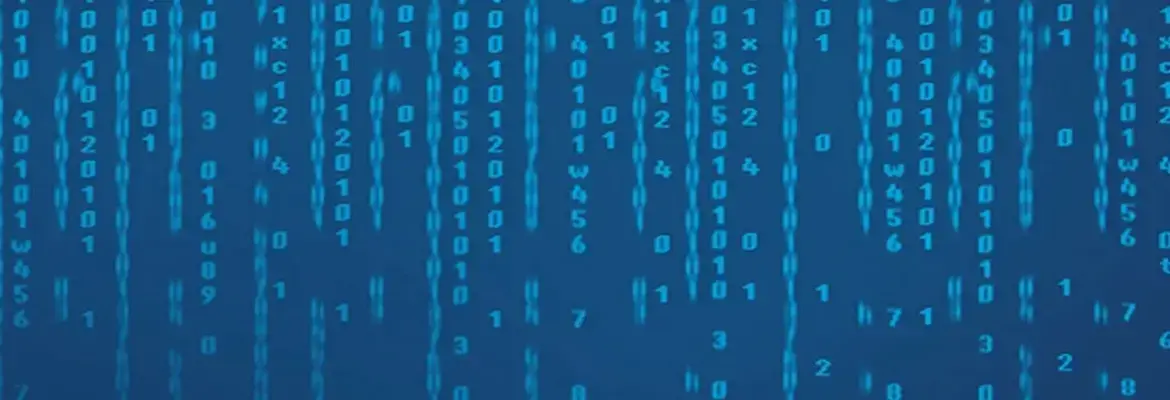How to Manage your Time during the CISSP Exam
Date: 5 December 2017

Not wishing to cause alarm but the CISSP exam is six hours long and has a total of 250 multiple choice questions. It is an exercise not only for your brain and thoughtful risk management, but also in patience and perseverance at its full capacity.
A good night’s sleep and a few chocolates!
It is important that you get a good night’s sleep before your exam (hopefully!) to ensure your concentration levels are at their best. A useful exam day tip: take a few chocolates (energy boosters), a calculator and an English dictionary (if you are writing your exam in English) with you. The dictionary and calculator are usually allowed inside the exam hall and may be of help to you but before you put them in your bag, check the latest exam rules on the ISC2 website under ‘Exam Policies and Procedures’.
It goes without saying that when sitting your exam, commit to giving your best, whatever happens. There is a general rule of thumb in that you have to think the way a risk management consultant with logic; meaning how the problem stated in the question would have been approached from senior management (policy/procedures) to middle management (project management), and to technology (solution implementation).
Take a break and stretch
It is recommended that you take three breaks within the six hour time period, preferably in a logical order but there is no rule to when you take your breaks. Plan them when it suits you, i.e. at two hourly intervals, or when you feel that your brain (and muscles!) need a break and some fresh air. A good way of increasing the intake of oxygen to help concentration is to take some deep breaths and stretch those muscles during your breaks.
A circle of questions
The CISSP exam is computer-based which allows you to navigate freely between the questions. It is recommended that the exam is approached in a circular way; i.e. consider all the questions as though they are in a big circle. So, in the first circle, target the questions that have a short "question statement" or appear to be less difficult and would not take you more than two minutes to complete at the first attempt. This approach will help to boost your confidence as you progress around the circle of questions, completing all the easier-to-score questions, which could amount to around 100!
At the same time you’re targeting the easier questions, mark other questions of more difficulty, such as one ‘tick’ for those of medium difficulty and two ‘ticks’ for the harder ones. This way, you’ll know which questions to focus on as you go around the circle for a second and third time. Using this method could also give you the opportunity to take your breaks after you’ve completed each circle.
Once you have completed your three circles, you may find that you still have a few questions remaining and are proving particularly difficult. Depending upon how much time you have left, try to solve these questions as best you can, or at least take a rough guess. Remember, there is no negative marking in the CISSP exam.
The final sprint
If you have time, review all your answers and once you are happy, the CISSP exam program will ask you to submit your online computer exam ‘paper’. Almost there! After submitting your exam, the attendant on duty should be able to print your results card for you and hey presto, you’ve passed! (Hopefully!).
Good luck with your exam!
The author is a professional CISSP trainer within CMA’s training pool. He is CMA's CISSP/CISA/ISO 27001/SOX/Information Risk Management/SAP Cyber security trainer. He has an MBA (Finance), Computer Engineering, CISSP, CISA, ITIL (expert), COBIT (foundations), and SAP security qualifications.
If you are interested in exploring our CISSP Training & Mentorship classroom program details and register for your Free CISSP session.



.jpg)

